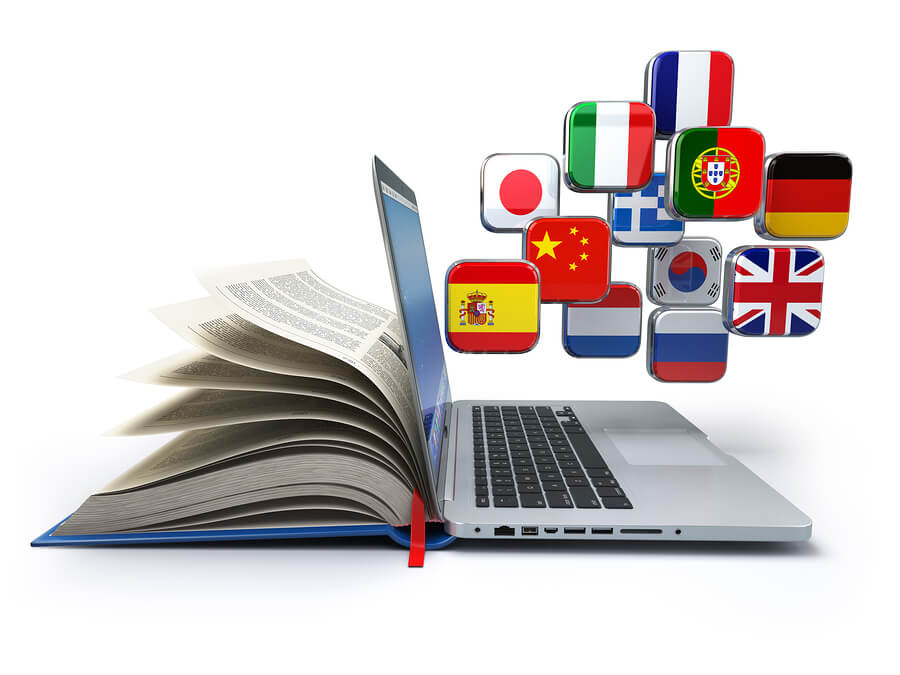Social media seems to have become so omnipresent these days that businesses have had to adapt their marketing strategies to target customers who use social media more than they might use what might have been used more in the past like newspaper and magazine ads, billboards, and TV and radio ads. Social media content that is devised for marketing must also take into consideration markets that are international and typically use another language or internal markets which also use another language (ethnic minorities, migrant communities, for example).
Because of the global reach of social media content, social media translation has now become a must for many businesses that have customers and potential customers who understand and prefer to use another language other than that of the business. That means that social media campaigns and social media jargon must use professional social media translation agencies to ensure the widest possible audiences.
How to Devise a Social Media Translation Strategy
1. Do your research first
What are you selling? Who are your most likely potential new customers based on gender, age, lifestyle, socio-economic group, etc.? What languages do they use and which languages do they prefer to use when using social media content? What social media platforms should you aim at and research the target market?
Some countries don’t spend as much time on social media as others. Not all countries use social media platforms like Twitter, Facebook, or Instagram. It would be wasteful if you translated content for a social media platform that’s hardly used in your targeted country. For example, the preferred social media in Russia is VKontakte, while the QZone platform is the social media king in China.
2. Develop a targeted hashtag strategy
Hashtags are commonly now used as highlights and links on several social media platforms, originating from Twitter where they are still most widespread. Businesses can use hashtags in their social media strategy but this isn’t something that should be left to amateurs. Hashtags sometimes last for months, but at others, they are gone in hours, so their use, especially considering that the words linked in the hashtag are to be translated. Social media translation needs to take into consideration the commonly used social media jargon of the target market in the target language as well.
3. Keep a separate account set aside for each language used in your social media campaign
Keep in mind that your ‘other language’ targeted markets will be of different sizes and importance. This means that you need a strategy for each language market. In terms of budgeting and planning, it’s best to separate your accounts for each language.
4. Consider the jargon used in social media
English is the main language used on social media platforms, so it’s important to be aware of jargon. You should ask yourself two leading questions and they are:
What jargon do I need to translate and what don’t I need to translate?
5. Avoid automated translation services like the plague
A common mistake for businesses first exploring new marketing strategies targeting markets in another language is to rely on automated translation services. These are actually improving, but at this stage are not sensible options for commercial use. The obvious advantage of using them is that they are much cheaper than professional translation agencies, but their ability to adapt their language translation to the nuances of other cultural and linguistic environments is poor. This becomes even more pronounced when considering that social media jargon is often very different from the standard use of a language. In the end, experiments with automated language translation services are doomed to fail. At worst, a botched experiment with automated translation could have a negative effect on the perception of that business by the very market the business is trying to cultivate.



